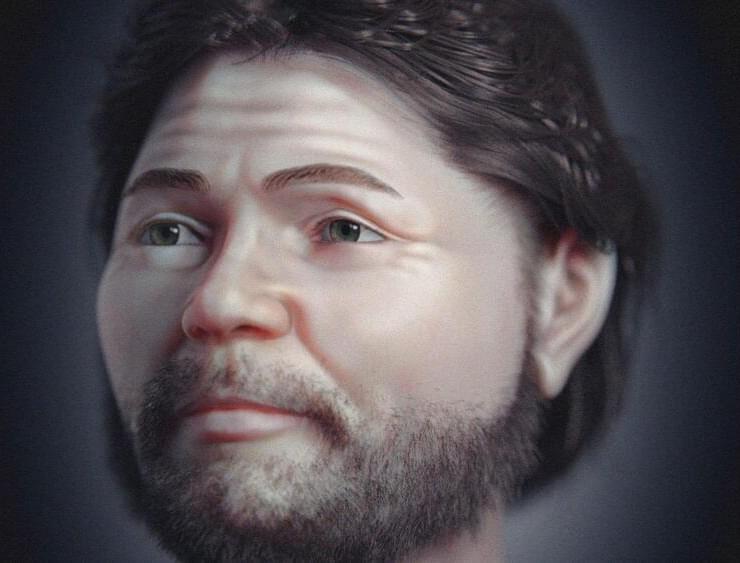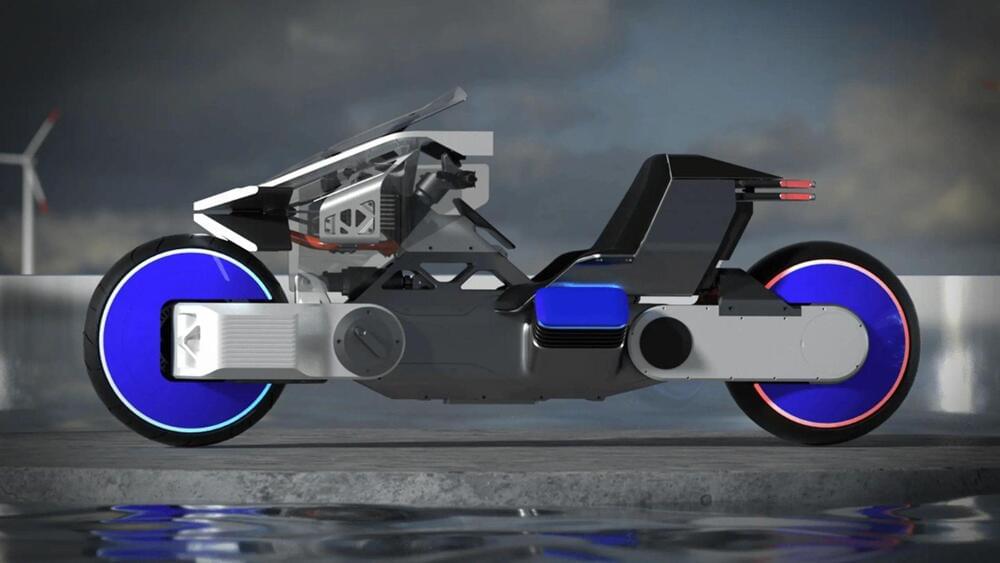Nature is (actually) healing.
Thanks to effective bans of harmful chemicals, the hole in the ozone keeps getting smaller.

A 3D-printed device in a tank of water braids nanowires and moves microparticles.
New antennae to access higher and higher frequency ranges will be needed for the next generation of phones and wireless devices. One way to make antennae that work at tens of gigahertz — the frequencies needed for 5G and higher devices — is to braid filaments about 1 micrometer in diameter. However, today’s industrial fabrication techniques won’t work on fibers that small.
“It was a shout-out-loud-in-joy moment when — on our first try — we crossed two fibers using only a piece of plastic, a water tank, and a stage that moves up and down.” —

Other proteins work as well meaning the process can be scaled without interfering with food supplies.
Researchers at Princeton Engineering have found that egg whites can be used to cheaply remove salt and microplastics from seawater, according to a press release by the institution published on Thursday.
The scientists used the food substance to create an aerogel, a lightweight and porous material that can be used in many types of applications, including water filtration, energy storage, and sound and thermal insulation.
Princeton scientists discovered that egg whites can create a filtration process that requires only gravity to operate and wastes no water. They are now looking for other uses for the substance.
Teleportation became a bit more real on Saturday when a German team of data scientists and engineers won the ANA Avatar XPRIZE competition in Long Beach, California, with a four-wheeled, humanoid robot named NimbRo.
But in this form of teleportation, rather than transporting a human to a remote location, vision, hearing, and a sense of touch were wirelessly transmitted from a humanoid robot to a remote human operator who then directed the robot to complete a series of complex tasks.
“Telepresence and avatar technology will be an essential part of human progress in the decades to come,” said David Locke, ANA Avatar XPRIZE’s executive director said in a statement following the conclusion of the four-year competition.

‘These structures provide an unprecedented view into the breadth and diversity of nature,’ say the researchers.
In a world first, Meta’s artificial intelligence (AI) has produced the structures of the metagenomic world at the scale of hundreds of millions of proteins, according to a blog by the company published on Tuesday.
“Proteins are complex and dynamic molecules, encoded by our genes, that are responsible for many of the varied and fundamental processes of life. They have an astounding range of roles in biology,” wrote the Meta research team who also published a paper on the matter in the preprint database bioRxiv.
It is common knowledge that a vast number of proteins exist beyond the ones that have been catalogued and annotated in well-studied organisms and now these proteins are coming to the surface.


One of the oldest stars in the Milky Way has been located by astronomers from the University of Warwick.
The oldest rocky and icy planetary system identified is from the oldest white dwarf star in our galaxy and is accreting debris from circling planetesimals, according to a new study published in Monthly Notices of the Royal Astronomical Society on Saturday.

It’s a small comparison percentage, however, it matters.
The big idea.
Simonkr/iStock.
I’m a computer scientist who uses AI to study social science questions. In collaboration with student AI researchers from Carnegie Mellon University, we developed AI methods that reliably distinguish intrusive and unfriendly interruptions from those that are benign. Intrusive interruptions aim to take over a conversation or stifle the speaker, and benign interruptions aim to support the speaker with helpful information or indications of agreement.

The Senmenti will continue to accelerate quickly up to a stated top speed of 124 mph.
Two “super-scooters” completely packed with technology and a second outlandish concept that seek to revolutionize conventional chassis design will be on display at this year’s EICMA motorcycle show in Milan, Italy.
Horwin, an Austrian-designed and China-manufactured electric motorbike company, will debut two wild concepts this year at the show, according to an initial review report published by News Atlas on Thursday.
For what is effectively a maxi-scooter, the Senmenti 0, the super-scooter, boasts incredibly high-performance numbers with about 600 Nm (442.5 lb-ft) of rear-wheel torque.
A “super-scooter” completely packed with technology and a second outlandish concept that seeks to revolutionize conventional chassis design will be on display at this year’s EICMA motorcycle show in Milan.
Solar cells that are stretchable, flexible and wearable won the day and the best poster award from a pool of 215 at Research Expo 2016 April 14 at the University of California San Diego. The winning nanoengineering researchers aim to manufacture small, flexible devices that can power watches, LEDs and wearable sensors. The ultimate goal is to design and build much bigger flexible solar cells that could be used as power sources and shelter in natural disasters and other emergencies.
Research Expo is an annual showcase of top graduate research projects for the Jacobs School of Engineering at UC San Diego. During the poster session, graduate students are judged on the quality of their work and how well they articulate the significance of their research to society. Judges from industry, who often are alumni, pick the winners for each department. A group of faculty judges picks the overall winner from the six department winners.
This year, in addition to solar cells, judges recognized efforts to develop 3D skeletal muscle on a chip; a better way to alleviate congestion in data center networks; a nano-scale all-optical sensor; fiber optic strain sensors for structural health monitoring; and a way to predict earthquake damage in freestanding structural systems.